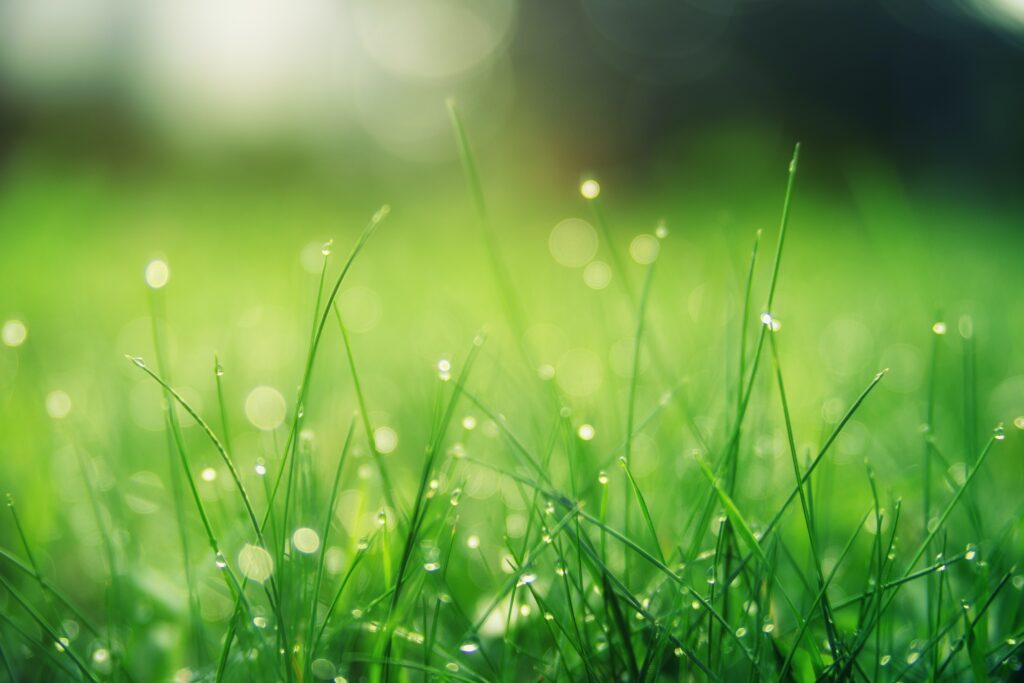Maintaining a healthy, green lawn requires dedication and effort. Fortunately, there are now many eco-conscious lawn care techniques that you can apply at home to ensure your lawn looks its best. Whether you’re a beginner or an experienced weekend warrior, there are a variety of easy lawn care techniques you can use to take care of your lawn in an environmentally friendly way.
Rainwater Harvesting, Natural Gathering Methods

Rainwater harvesting is an effective way to conserve water and reduce your dependence on municipal water supplies. Instead of relying solely on tap water, which may contain hard minerals and additives, you can collect rainwater to nourish your lawn. One simple method of rainwater harvesting is to place rain barrels or cisterns at the downspouts of your gutters. This allows you to collect and store rainwater, which can be used during dry periods or droughts. By utilizing rainwater, you can save on water bills and reduce the strain on local water resources.
In addition to rainwater harvesting, another great idea is to add some biodiversity in your yard. You can easily do that by planting a variety of native plants and flowers that can attract beneficial insects such as ladybugs and lacewings, which prey on pests like aphids and caterpillars. Creating a balanced ecosystem in your lawn helps to naturally control pests all summer long.
Another natural pest control technique is companion planting. This involves strategically placing plants together that have beneficial relationships. For example, planting marigolds alongside your vegetable garden can repel pests like aphids and nematodes. Similarly, planting mint, lemongrass, citronella, lavender, rosemary and even some basil near your outdoor seating area can deter mosquitoes.
Apply Native Plant Integration
It’s always best to integrate native plants into your landscape. Having native plants is essential because they adapt well to regional considerations such as soil type, sunlight exposure, and water availability to select the most suitable plants. All you have to do when you install this plant material is to use proper planting techniques and ongoing maintenance to ensure the success of your native plant integration.


